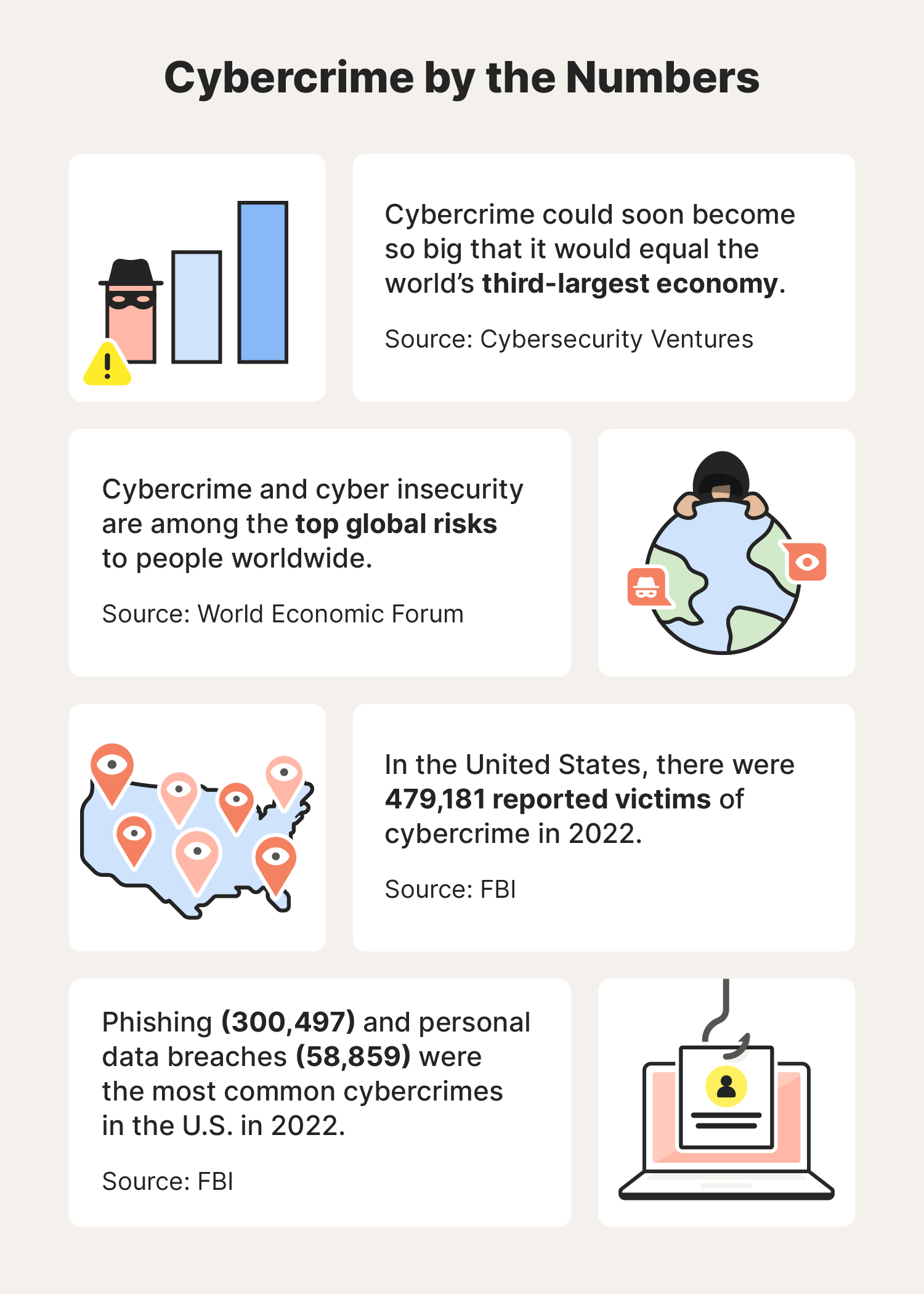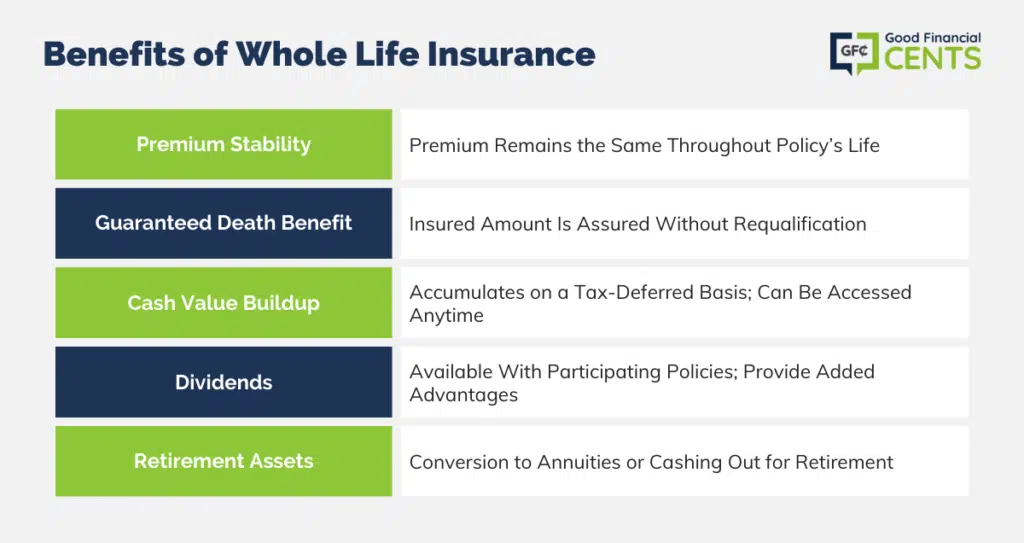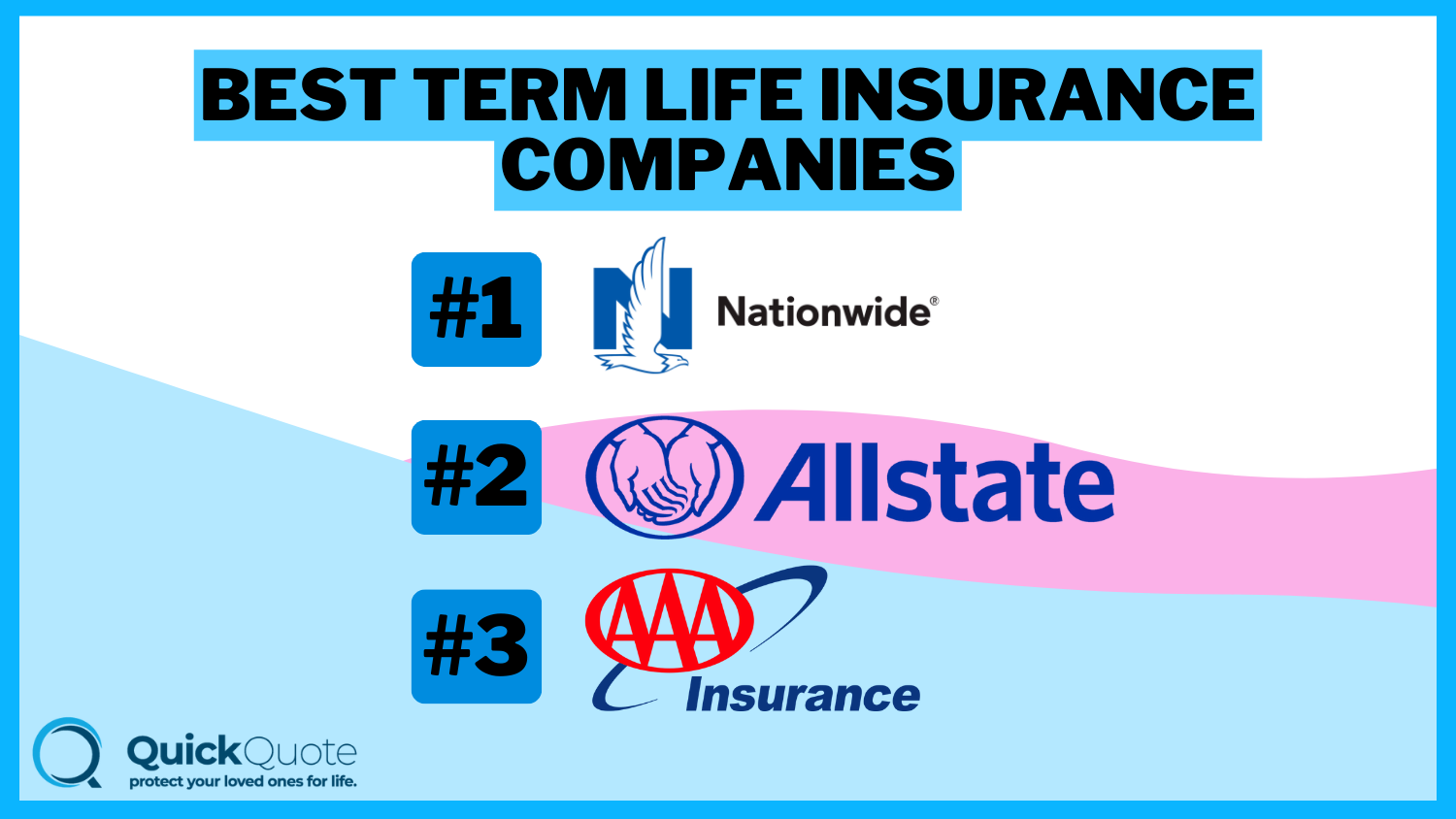When a company car is involved in an accident, determining who is liable can be a complex issue, involving employer, employee, insurance companies, the legal system, and various state laws. Here’s an overview of liability in company car accidents:
1. Employer Liability:
- The employer may be held liable if the accident occurred while the employee was performing job-related duties within the scope of employment.
- Employers are generally responsible for providing safe work environments, including safe vehicles and proper training.
2. Employee Liability:
- The employee may be held personally liable if they were negligent or reckless in causing the accident.
- Even if the employer is responsible, the employee may still be liable for any damages beyond the employer’s coverage.
3. Insurance Coverage:
- Most companies have commercial auto insurance policies that cover company vehicles and accidents involving employees.
- The insurance policy may specify who is covered and under what circumstances.
4. State Laws:
- Different states have varying laws regarding employer and employee liability in company car accidents.
- Some states have specific laws that govern commercial vehicle accidents.
5. Other Factors:
- The specific circumstances of the accident can also impact liability. For instance, if the accident was caused by a third party, the third party may be held responsible.
- If the employee was intoxicated or using a personal cell phone at the time of the accident, the employer may not be liable.
Determining Liability:
- To determine liability, insurance companies and the legal system will consider factors such as:
- Employer’s policies and procedures
- Employee’s job duties and responsibilities
- Negligence or recklessness of the parties involved
- Insurance coverage and policy limits
Conclusion:
Determining liability in company car accidents can be complex, involving multiple parties and legal considerations. Employers should ensure they have adequate insurance coverage and clear policies regarding employee use of company vehicles. Employees should drive responsibly and follow company guidelines. If an accident occurs, consulting with an attorney can help clarify liability and protect the rights of all parties involved.
Who Is Liable for Company Car Accidents?
When a company car is involved in an accident, determining liability can be a complex legal matter. Navigating the maze of insurance policies, corporate policies, and applicable laws can be daunting. However, understanding the principles of liability is crucial to ensure that the injured party is fairly compensated and the responsible party is held accountable.
Company Car Accident Liability: A Deeper Dive
Employer Liability
In most cases, the employer is liable for damages caused by a company car accident if the employee was acting within the scope of their employment. This means that the employee was carrying out their job duties at the time of the accident. Factors such as whether the employee was on a business trip, running errands for the company, or commuting to work may be considered in determining the scope of employment.
Employer liability extends beyond the employee’s negligence. Even if the employee was not at fault for the accident, the employer may still be held liable under the doctrine of respondeat superior, which imposes liability on employers for the wrongful acts of their employees committed while performing their job duties.
To establish employer liability, several elements must be proven: that the employee was an employee (not an independent contractor), that the employee was acting within the scope of their employment, and that the employee’s negligence caused the accident. Proving these elements can be challenging, so it is crucial to consult with an experienced attorney to navigate the complexities of company car accident liability.
Company Car Accidents: Who’s Liable?
When a company car is involved in an accident, determining liability can be tricky. Who’s on the hook for damages—the company, the driver, or both? It depends on a number of factors, including who was driving the car, whether they were acting within the scope of their employment, and whether the company had taken steps to prevent the accident.
Company Liability
In most cases, the company that owns the car is liable for any damages caused by the accident, even if the driver was not an employee of the company. This is because the company is considered the “owner” of the car, and therefore responsible for any damage it causes.
There are a few exceptions to this rule. For example, if the driver was not acting within the scope of their employment at the time of the accident, the company may not be liable. Additionally, if the company can prove that it took reasonable steps to prevent the accident, it may be able to avoid liability.
Here are some specific examples of when a company may be liable for a car accident involving a company car:
If you are involved in an accident with a company car, it is important to contact the company’s insurance company as soon as possible. The insurance company will be able to investigate the accident and determine who is liable for the damages.
Company Car Accident: Who’s on the Hook?
When a company car accident occurs, it can be a confusing and stressful time. Determining who is liable for the damages can be a complex legal matter. To make matters even more complicated, different rules apply to the liability of the employee, the company, and any other parties involved.
Employee Liability
The employee driving the company car may also be held liable if they were negligent or reckless in their driving. Negligence is defined as a failure to exercise the care that a reasonably prudent person would have exercised in the same situation. Recklessness is a more serious form of negligence that involves a willful or wanton disregard for the safety of others.
In many cases, the employee will be held liable for damages if they were negligent or reckless in their driving, even if they were driving the company car for business purposes. However, there may be some exceptions to this rule. For example, if the employee was acting outside the scope of their employment, or if the employer was negligent in hiring or training the employee, the company may be held liable instead.
Vicarious Liability of Employer
In addition to the employee, the company may also be held liable for damages if the employee was acting within the scope of their employment at the time of the accident. This is known as vicarious liability. Under the doctrine of vicarious liability, an employer is responsible for the torts (civil wrongs) of its employees that are committed within the scope of their employment.
The scope of employment is generally defined as the activities that an employee is authorized to perform for the company. This includes activities that are specifically assigned to the employee, as well as activities that are reasonably related to the employee’s job duties.
Contributory Negligence of Employer
In some cases, the company may be able to reduce its liability for damages by proving that the employee was also negligent. This is known as contributory negligence. Contributory negligence is a defense that allows the defendant to reduce the amount of damages that they are liable for by the percentage of fault that is attributed to the plaintiff.
For example, if the employee was speeding at the time of the accident, the company may be able to argue that the employee was 50% negligent. In this case, the company’s liability for damages would be reduced by 50%.
Insurance Coverage
In most cases, the company’s liability insurance will cover damages caused by a company car accident. However, there may be some exceptions to this rule. For example, the insurance policy may not cover damages if the employee was acting outside the scope of their employment, or if the employee was intoxicated at the time of the accident.
It is important to review the terms of the company’s liability insurance policy to determine the extent of coverage. If the policy does not provide adequate coverage, the company may be held personally liable for damages.
Company Car Accident: Who Is Liable?
In a company car accident, determining liability can be complex, especially if you happen to be one of the involved parties. To untangle this web of responsibility, let’s delve into the factors that can help establish who’s on the hook for the damages.
Company Liability: The General Rule
Usually, if an employee is behind the wheel of a company car and causes an accident while performing job-related duties, the company is held liable. This is because the employee is considered an agent of the company, and their actions are deemed to be within the “scope of employment.”
Exceptions to the Rule
However, there are exceptions to this general rule. Let’s explore these scenarios:
Off-the-Clock Accidents
If the employee was not performing job-related duties at the time of the accident, the company may not be liable. For instance, an employee who uses a company car to run personal errands or commute to and from work may not be covered by the company’s insurance.
Acts Outside the Scope of Employment
Even if the employee was on the clock, if they were engaged in activities that were not related to their job responsibilities, the company may not be held liable. Imagine an employee using a company car to commit a crime, such as robbery or assault. In such cases, the employee’s actions are considered outside the scope of employment.
Negligence of a Third Party
If a third party’s negligence caused the accident, the liability may shift to that party. Third parties could be other drivers, pedestrians, or parties responsible for road conditions. In these instances, the company may not be liable for the damages.
Proving Liability
Establishing liability in a company car accident requires proving that the driver was acting within the scope of their employment and that the company was negligent in some way. This can be a complex process that may involve gathering evidence, interviewing witnesses, and consulting with legal professionals.
Company Car Accident: Who’s on the Hook?
When company cars collide, the question of liability can be a tangled web. To unravel it, we’ll dive into the legal complexities and offer a step-by-step guide to protect your rights in such a situation. Buckle up and let’s navigate this legal maze together!
Steps to Take After a Company Car Accident
In the unfortunate event of a company car accident, follow these essential steps: dial 911 to report the incident, swap details with the other drivers, document the damage with photos, obtain a police report, and most importantly, contact your insurance provider. If you’ve sustained injuries, seek medical attention promptly.
Contacting Your Insurance Company
This step is crucial in the aftermath of a company car accident. Here’s a detailed breakdown of what you need to do:
- Inform Your Insurer Swiftly: Report the accident to your insurance company as soon as possible. Delaying this could jeopardize your claim.
- Be Accurate and Honest: Provide clear and truthful details about the accident, including the time, location, and circumstances. Concealing any information can backfire later.
- Gather Evidence: Collect any relevant documents, such as the police report, medical records, and witness statements. These will support your claim.
- Cooperate with the Investigation: Your insurance company will likely conduct an investigation to determine liability. Cooperate fully by providing information and documentation.
- Review the Policy: Familiarize yourself with your insurance policy to understand your coverage and responsibilities. This will help you make informed decisions.
- File a Claim: Submit a claim to your insurance company outlining the details of the accident and the damages incurred. Be specific and thorough.
- Follow Up Regularly: Check in with your insurance company periodically to track the progress of your claim and address any questions or concerns.
Remember, your insurance company is there to guide you through this process. By following these steps, you can increase your chances of a fair and timely settlement.




Leave a Reply